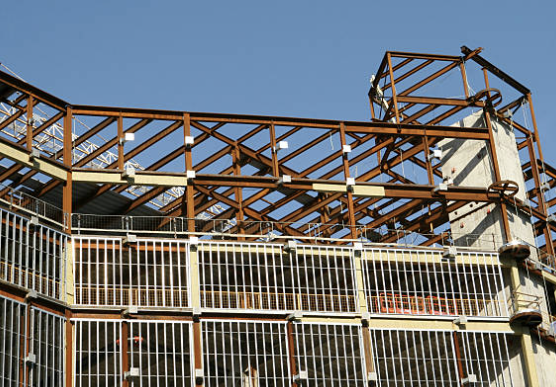
Posted on Saturday, November 16, 2024
In the world of modern construction and manufacturing, structural steel is an essential material. Its strength, durability, and versatility make it a cornerstone for various industries, including construction, automotive, and renewable energy. Roll forming has emerged as one of the most efficient methods for producing structural steel profiles, and with advancements in automation, this process has reached new levels of precision and productivity.
This blog will delve into the role of automation in roll forming, the key equipment for success, and how businesses can leverage these advancements to boost efficiency, reduce costs, and enhance product quality.
Automation in roll forming is not just a trend; it’s a necessity in today’s competitive market. Traditional roll forming processes required manual intervention for adjustments, monitoring, and quality control. Automation, on the other hand, streamlines these processes, offering unparalleled advantages.
Automated roll forming systems operate continuously with minimal downtime, significantly increasing production speeds. Modern machines can achieve speeds of up to 40m/min or more, depending on the complexity and thickness of the steel profile.
Automation ensures consistency across all products. Servo motors, advanced PLC systems, and precise cutting tools deliver exact dimensions and uniformity, reducing rework and waste.
While initial investment in automation might be high, the long-term cost savings are substantial. Automated systems reduce labor costs, material wastage, and maintenance downtime.
Modern roll forming machines equipped with automation can easily switch between different profiles and dimensions with minimal setup time. This flexibility is crucial for manufacturers catering to diverse market needs.
Advanced systems are equipped with IoT and smart sensors, enabling real-time monitoring of production lines. Alerts for maintenance and potential issues allow businesses to minimize unexpected downtime.
A successful roll forming operation relies on high-quality equipment. Below are the essential components that form the backbone of a structural steel roll forming line:
The roll forming machine is the heart of the operation, and its specifications are critical to its performance:
Cutting systems play a vital role in ensuring that the finished profiles meet exact specifications:
Efficient material handling is essential for a smooth production process:
Advanced control systems are the brains of the operation:
Customizing the roll forming line with optional equipment can enhance its versatility:
Automation in roll forming has advanced significantly with the integration of cutting-edge technologies:
Smart factories utilize IoT (Internet of Things) devices to collect data from roll forming machines. This data is used for predictive maintenance, performance analysis, and ensuring production efficiency.
Artificial intelligence can analyze production patterns and adjust machine settings in real-time, improving product quality and reducing material waste.
Robotics plays an increasing role in tasks such as coil loading, unloading, and quality inspections, reducing the need for manual labor and improving workplace safety.
Company: SteelMax Solutions
Location: Hungary
Challenge: SteelMax Solutions faced increasing demand for customized structural steel profiles and needed a way to boost production efficiency while maintaining high quality.
Solution: The company invested in a fully automated roll forming line with advanced PLC systems, servo motors, and robotic stackers. The system's ability to seamlessly switch between profiles allowed SteelMax to meet customer demands quickly and efficiently.
Results:
The integration of automation in roll forming structural steel has transformed the industry, enabling manufacturers to achieve new heights of efficiency and quality. By investing in the right equipment and leveraging modern technologies, businesses can stay ahead in competitive markets.
If you’re ready to enhance your production line, contact Machine Matcher today. Our experts can help you find the perfect roll forming solution to meet your needs!

Most Popular Roll Forming Machines in the United Kingdom
Posted on Thursday, December 11, 2025
This blog breaks down the five most in-demand roll forming machines in the UK

Can I Finance a Roll Forming Machine?
Posted on Thursday, December 11, 2025
Financing a roll forming machine is easier than most buyers think. Here’s how leases, loans, and payment plans make production affordable.

Roll Forming Machines for Sale in the UK: What Buyers Need to Know Before Purchasing
Posted on Thursday, December 11, 2025
This complete guide explains everything UK buyers must know before purchasing, including machine types, voltage requirements, CE/UKCA compliance

Roll Forming Machines for Sale in the USA: What Buyers Need to Know Before Purchasing
Posted on Wednesday, December 10, 2025
This guide explains everything U.S. buyers need to know before purchasing a roll forming machine, including machine types, pricing, voltage
Copyright 2026 © Machine Matcher.